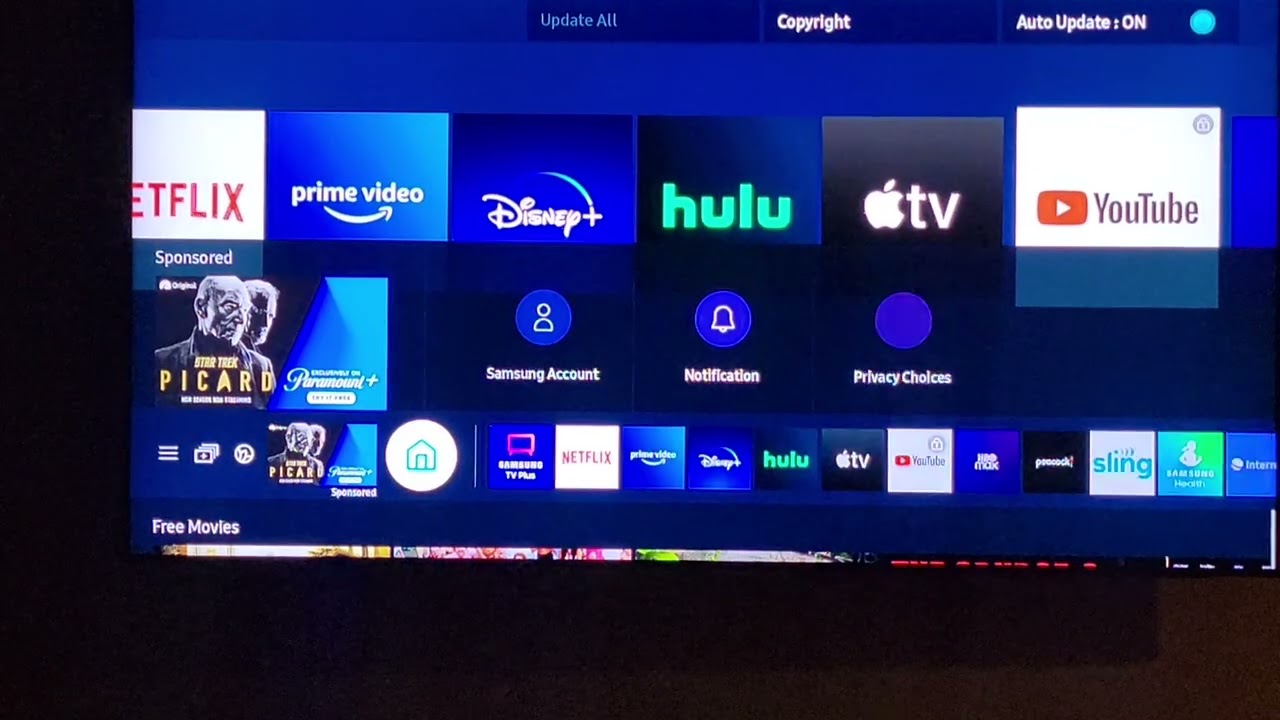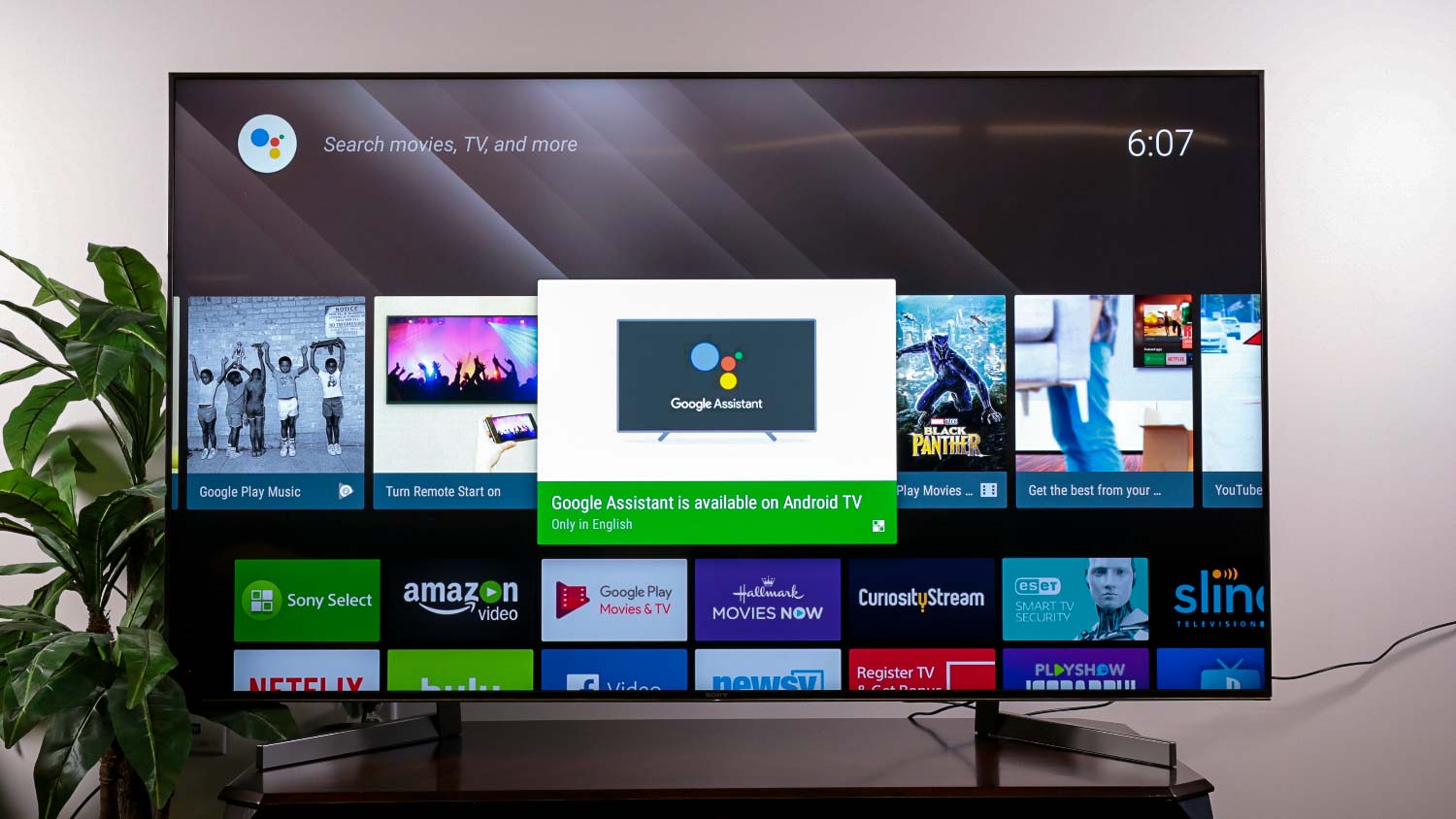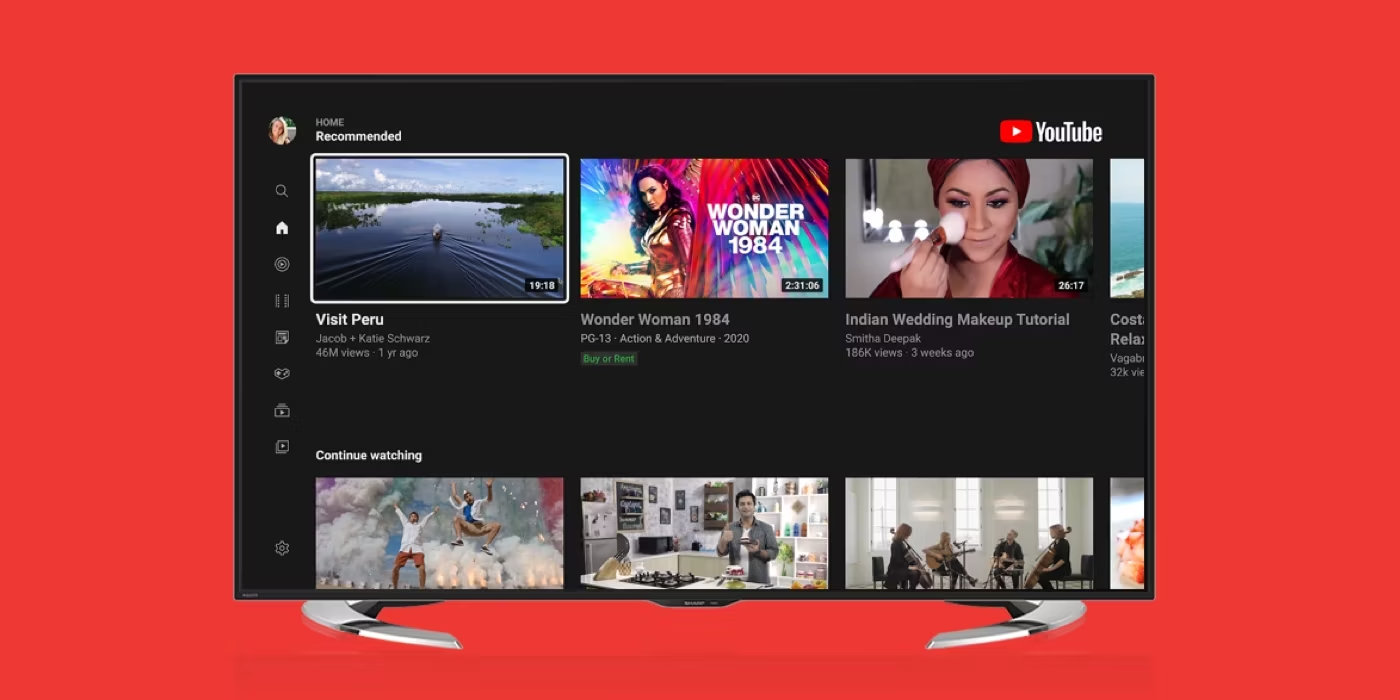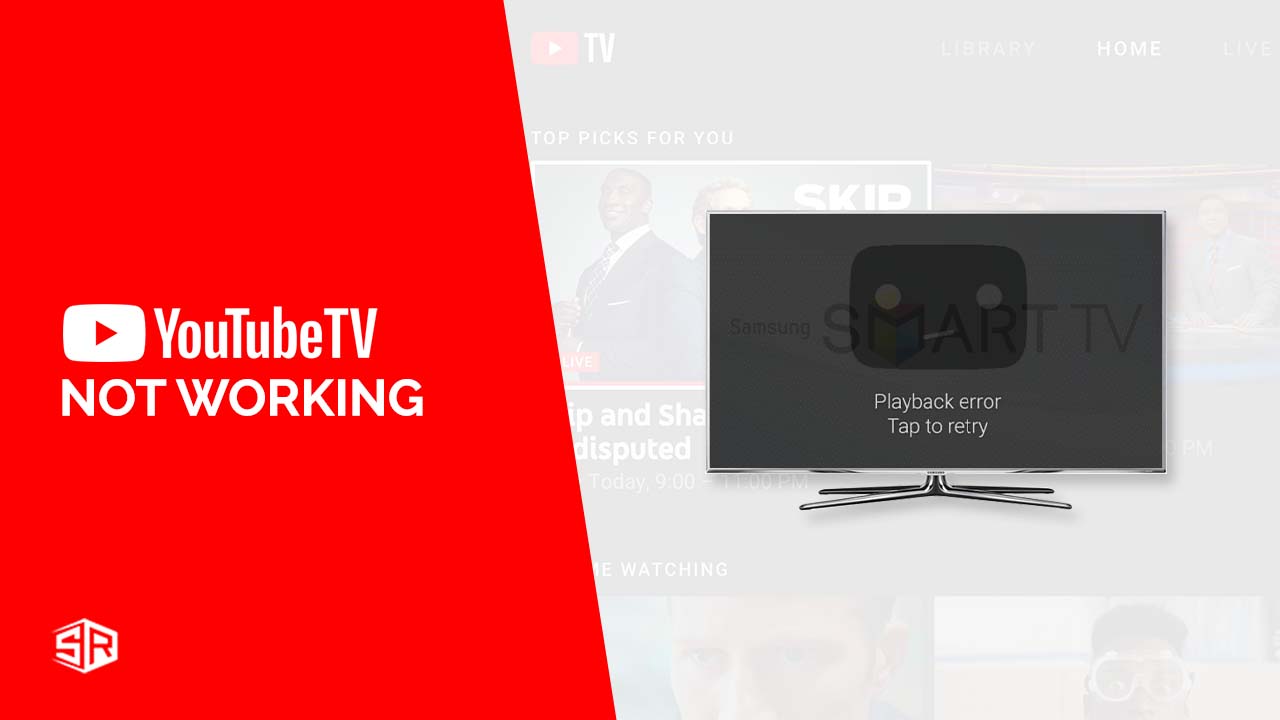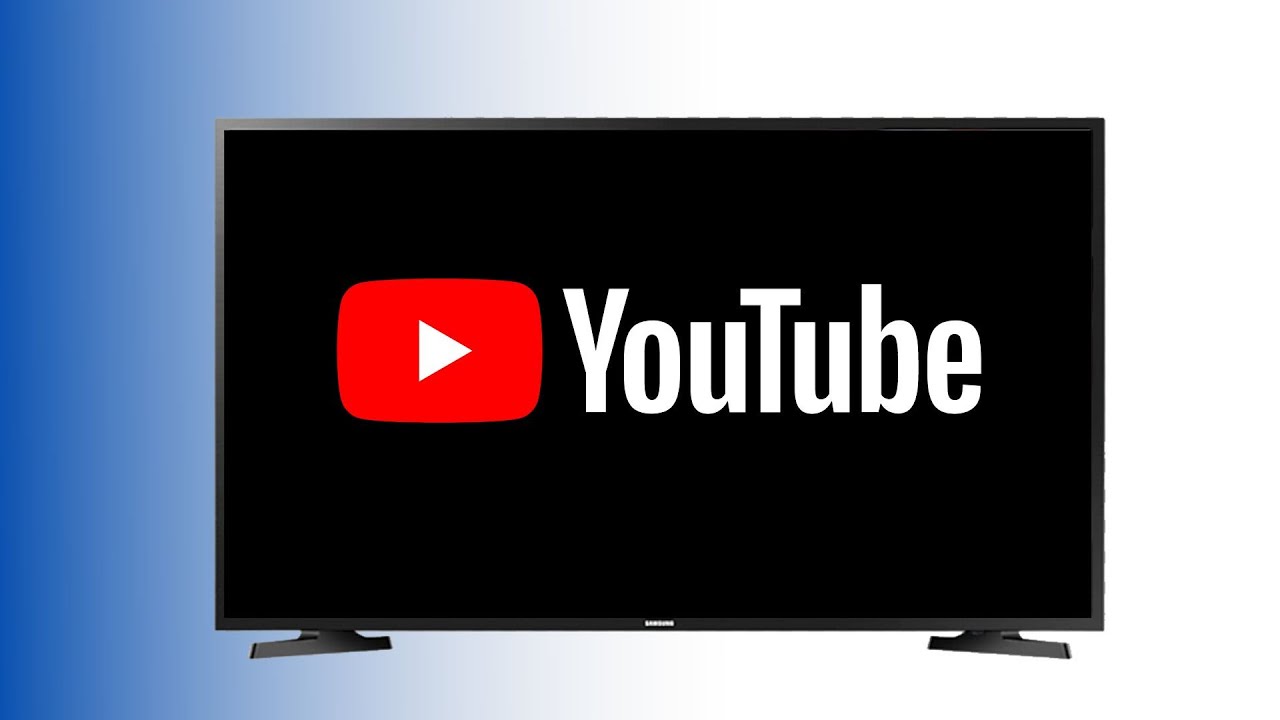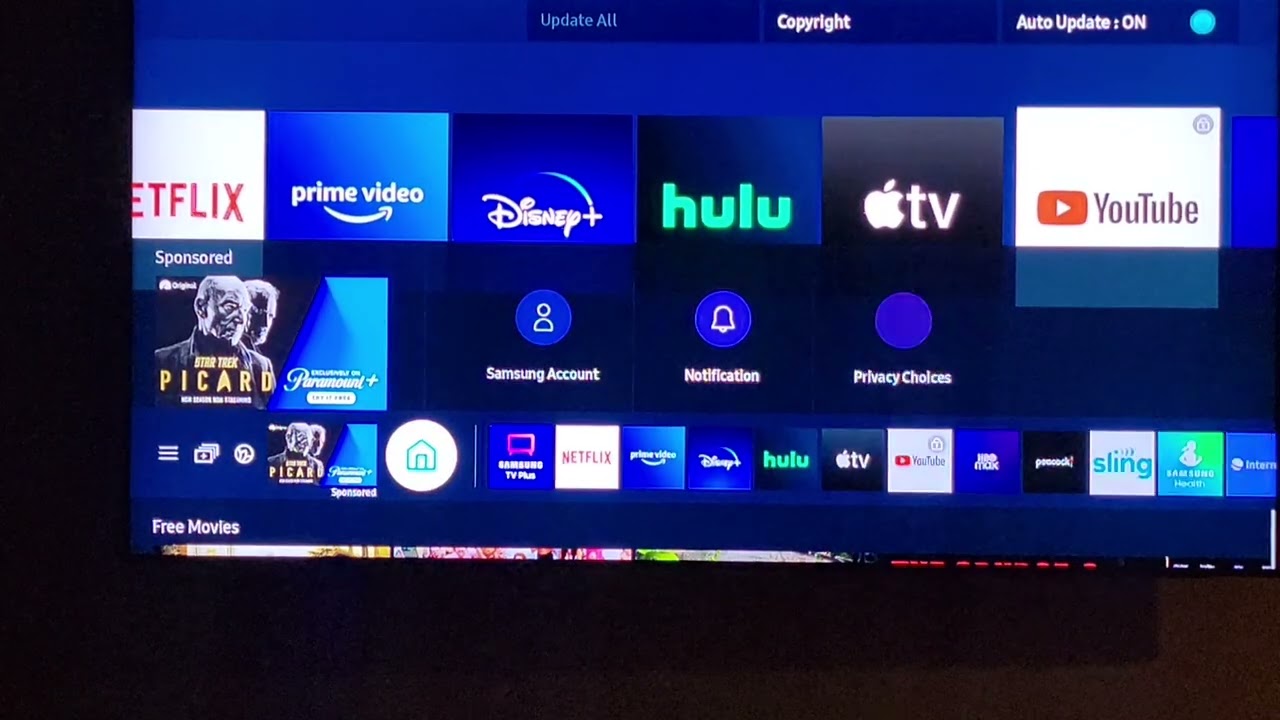Introduction
Smart TVs have revolutionized the way we consume entertainment, offering a multitude of streaming apps and services at our fingertips. One of the most popular apps on Smart TVs is YouTube, providing a vast collection of videos ranging from music and tutorials to documentaries and vlogs. However, there may be instances where you want to remove YouTube from your Smart TV. Whether you’re trying to limit screen time for your children or prefer accessing content from other platforms, there are several options available to help you achieve this.
In this article, we will explore different methods to remove YouTube from your Smart TV. Whether you want to uninstall the app completely, disable it temporarily, or block it entirely, we’ve got you covered. We’ll also provide additional tips and considerations to ensure a smooth removal process without affecting the functionality of your Smart TV.
It’s important to note that the availability and compatibility of these options may vary depending on the make and model of your Smart TV. The instructions provided here are general guidelines and may need to be adapted to suit your specific device.
So, if you’re ready to regain control over your Smart TV and remove YouTube, let’s dive into the various options available!
Reasons to remove YouTube from a Smart TV
While YouTube is a popular and widely-used platform, there are a few reasons why you might want to remove it from your Smart TV:
- Parental Control: As a parent, you may want to restrict access to YouTube to ensure your children only watch age-appropriate content.
- Distractions: YouTube can be a major source of distraction, especially if you’re trying to focus on work, study, or other activities. Removing it from your Smart TV can help increase productivity.
- Preference for Other Platforms: If you prefer using alternative streaming services or media apps, you may want to remove YouTube to prioritize those platforms.
- Data Usage: Streaming videos on YouTube can consume a significant amount of data, which may be a concern if you have limited internet bandwidth. Removing the app can help save on data usage.
- Advertisement Overload: YouTube displays advertisements before and during videos, which can be intrusive and disrupt the viewing experience. Removing the app can eliminate these unwanted interruptions.
Whatever your reasons may be, removing YouTube from your Smart TV is entirely possible, and we’ll explore different methods to help you achieve this in the following sections.
Option 1: Uninstalling YouTube App
If you want to completely remove YouTube from your Smart TV, one option is to uninstall the app. Here’s how you can do it:
- Using your Smart TV remote, navigate to the Home screen or the main menu.
- Look for the “Apps” or “Applications” section. The location may vary depending on your TV’s interface.
- Find the YouTube app in the list of installed applications. It is usually represented by the YouTube logo.
- Select the YouTube app and press the options button on your remote. This button is commonly identified by three vertical dots or lines.
- From the options menu, choose the “Uninstall” or “Remove” option. Confirm your selection if prompted.
Once you have uninstalled the YouTube app, it should no longer be available on your Smart TV. Keep in mind that this method may vary depending on the make and model of your TV. If you’re having difficulty finding the uninstall option, refer to your TV’s user manual or contact the manufacturer for assistance.
Uninstalling the YouTube app is a straightforward solution if you want to permanently remove it from your Smart TV. However, if you ever change your mind, you can always reinstall it by downloading it from your TV’s app store.
Option 2: Disabling YouTube App
If you prefer to temporarily disable the YouTube app on your Smart TV, you can do so by following these steps:
- Using your Smart TV remote, navigate to the Home screen or the main menu.
- Find the “Settings” or “Preferences” option. This option is often represented by a gear or cog icon.
- Within the settings menu, look for the “Apps” or “Applications” section.
- Select the YouTube app from the list of installed applications.
- Navigate to the options menu by pressing the button on your remote that is identified by three vertical dots or lines.
- Choose the “Disable” or “Turn off” option to disable the YouTube app.
Once you have disabled the YouTube app, it will no longer be accessible on your Smart TV until you re-enable it. This method provides a convenient way to control when and how YouTube is accessed on your TV, particularly if you want to limit its use temporarily.
Keep in mind that the steps for disabling the YouTube app may vary depending on your Smart TV’s interface. If you encounter any difficulties, refer to your TV’s user manual or reach out to the manufacturer for further assistance.
Disabling the YouTube app allows you to regain control over its usage without completely removing it from your Smart TV. If you ever decide to use YouTube again, you can easily enable it by following the same steps.
Option 3: Blocking YouTube on your Smart TV
If you want to prevent access to YouTube on your Smart TV altogether, you can consider blocking it using various methods. Here are a few options:
- Parental Controls: Many Smart TVs have built-in parental control features that allow you to block specific apps, channels, or content based on ratings or categories. Check your TV’s settings or consult the user manual to learn how to set up parental controls and block access to YouTube.
- Router Settings: Another option is to block YouTube directly from your router settings. Access your router’s admin panel using a web browser and navigate to the “Content Filtering” or “Access Control” section. From there, you can set up rules to block access to specific websites or applications, including YouTube.
- Third-party Apps: There are third-party apps available that allow you to block specific applications on your Smart TV. These apps provide additional control over app access and can be installed from your TV’s app store. Search for app blockers or parental control apps and choose one that suits your needs.
It’s important to note that the availability and functionality of these blocking methods may vary depending on your Smart TV model and router. Consult the user manual or seek support from the manufacturer for detailed instructions tailored to your specific device.
By blocking YouTube on your Smart TV, you can ensure that it remains inaccessible to users. This option is particularly helpful if you want to enforce restrictions or maintain a YouTube-free environment.
Remember that if you change your mind or need to access YouTube again, you can simply reverse the blocking settings or configurations.
Additional Tips and Considerations
Before removing or blocking YouTube from your Smart TV, consider the following tips and factors:
- Alternative Streaming Apps: Make sure you have alternative streaming apps installed on your Smart TV to replace YouTube. Popular alternatives include Netflix, Amazon Prime Video, Hulu, and Disney+. This way, you can still enjoy a wide range of content without YouTube.
- Smart TV Updates: Keep your Smart TV’s firmware and software up to date. Regular updates often include bug fixes, security enhancements, and new features that may impact the functionality or options related to YouTube removal or blocking.
- Reconsiderations: Consider the impact of removing or blocking YouTube on other users of your Smart TV. If there are multiple viewers with different preferences, it’s worth discussing and reaching a consensus before implementing any restrictions.
- Device Restrictions: Depending on the device you use to control your Smart TV, such as a smartphone or tablet app, you may have additional options for managing and controlling YouTube on your TV. Check the app settings or look for specific features related to YouTube control.
- Responsible Use: If you’re removing or blocking YouTube for specific reasons, such as limiting screen time or avoiding distractions, it’s important to maintain a responsible approach to their usage. Encourage healthy viewing habits and alternative activities to ensure a balanced entertainment experience.
By considering these additional tips and factors, you can effectively manage YouTube access on your Smart TV while optimizing your entertainment experience.
Remember that the methods discussed in this article are intended for informational purposes and may vary depending on your specific Smart TV model and software version. Refer to your TV’s user manual, consult the manufacturer’s support resources, or seek professional assistance if you encounter any challenges or require further guidance.
Conclusion
In conclusion
Removing or blocking YouTube from your Smart TV is a viable solution if you want to limit access, reduce distractions, or prioritize other streaming platforms. Whether you choose to uninstall the app, disable it temporarily, or block it entirely, the options provided in this article give you the flexibility to tailor your Smart TV experience to your preferences and needs.
Remember to consider the reasons behind your decision and communicate with other users who may be impacted. It’s important to strike a balance between managing access and fostering responsible viewing habits.
Always refer to your Smart TV’s user manual, explore the settings and options specific to your device, or consult the manufacturer’s support resources if you need further guidance or encounter any challenges along the way. This will ensure that you choose the most suitable method and achieve the desired outcome without affecting the overall functionality of your Smart TV.
With the information and options provided, you now have the knowledge to take control of YouTube on your Smart TV and create an entertainment environment that aligns with your preferences and needs.







